You can climb Kilimanjaro year-round, but the best weather conditions are typically from December to early March and from mid-June to October. Continue reading for more details on the different seasons…

If you’re planning to climb Kilimanjaro, it’s important to step up your workout routine. Focus on building stamina and leg strength to prepare for the physical demands of the trek. In How should I train for Kilimanjaro?, we cover the best training schedule to help you get ready for the climb.
While you don’t need to be a fitness expert to summit the mountain, we’ve seen time and again that many climbers show up without sufficient training, which can make the climb much more difficult.
Putting in the effort and time to train in the months leading up to your trek will not only make the climb more enjoyable, but it will also improve your chances of success. We strongly encourage you to begin training at least two months before your climb. Even if you’re already fit, it’s important to do specific trekking exercises to prepare your body for this type of activity.
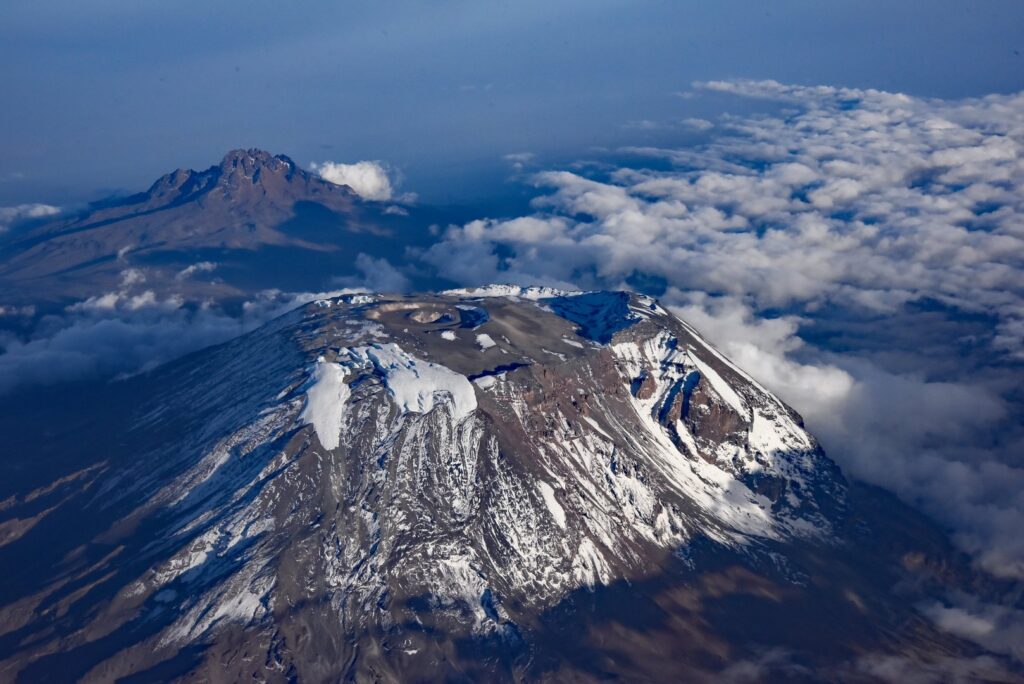
As you begin your Kilimanjaro climb, we recommend starting at a steady and manageable pace. Don’t feel the need to rush. It’s perfectly fine if your pace doesn’t match that of others. The lead guides will set a slower pace to help you adjust gradually to the increasing altitude.
Remember, climbing Kilimanjaro is not a race. Everyone has their own unique journey, and it’s important to focus on your personal progress. Don’t worry about what others are doing or how quickly they’re moving. Take it slow—pole pole (slowly, slowly), as the locals say.
Climbing Kilimanjaro offers you a rare chance to slow down and reflect. We suggest keeping a journal to capture your thoughts and reflections throughout the trek. It’s a journey that will teach you valuable lessons about life, yourself, and what truly matters.

Altitude sickness can occur at elevations of around 3,000 meters. On Kilimanjaro, this typically happens when trekking through the moorland zone, often on the second or third day of your climb. As you ascend to the summit at Uhuru Peak, 5,895 meters above sea level, it’s likely you’ll experience at least mild altitude symptoms during your journey.
Recognizing Symptoms
Common symptoms of altitude sickness include:
While altitude sickness cannot be completely prevented, certain measures can help alleviate the symptoms.
Medication Options
Medications like Diamox (acetazolamide) are frequently used to ease the effects of altitude sickness. Additionally, maintaining proper nutrition and staying hydrated play a vital role in minimizing discomfort.
Consult Your Doctor
Before heading to Kilimanjaro, we strongly recommend consulting your doctor. Discuss the nature of your trek, emphasizing the extreme altitudes you’ll encounter. Your doctor can provide guidance on necessary precautions and prescribe medication tailored to your needs.
Preparation is key to managing altitude challenges and ensuring a safe and enjoyable trek to the summit!

Your team is there to support you
It’s important to understand that experiencing mild symptoms of altitude sickness is completely normal and expected during your climb. You may encounter a headache, some nausea, or difficulty sleeping. Rest assured, your mountain team is there to take care of you every step of the way. Climbing with a reputable operator ensures you’re in the hands of highly experienced professionals who can recognize and address the signs of severe altitude sickness.
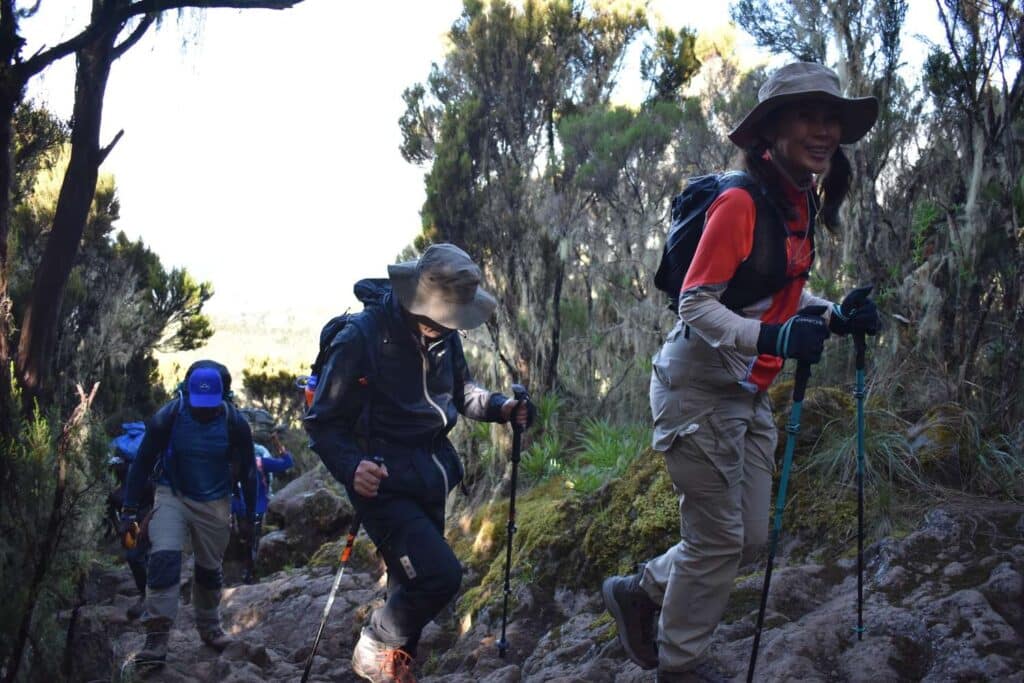
Staying warm on Kilimanjaro is crucial, so packing the right clothing is essential. Our detailed Kilimanjaro packing list covers the layers you’ll need and the best fabrics for a successful trek.
As you begin most Kilimanjaro routes, you’ll trek through the rainforest zone. During the day, lightweight clothing like shirts and shorts is often sufficient. However, nights in this zone can be damp and chilly.
As you ascend into the heath zone, temperatures drop significantly. The sparse vegetation provides little protection from the wind, which becomes noticeably stronger. In the alpine desert zone higher up, conditions become even colder, with nighttime temperatures often plunging below freezing at base camp.
On summit day, you’ll enter the arctic zone, characterized by snow, ice, and fierce winds. At this stage, you’ll need to wear heavy-duty, insulated gear to shield yourself from the extreme cold and harsh elements. Staying prepared for these conditions is key to a successful and comfortable climb.
While the primary focus for summit night is understandably on keeping warm, remember that the solar rays are fierce at this altitude. You’ll need a good pair of sunglasses to avoid snow blindness as well as some sunscreen for the bits of your face that are exposed. Oh, and don’t forget some lip balm with SPF too!
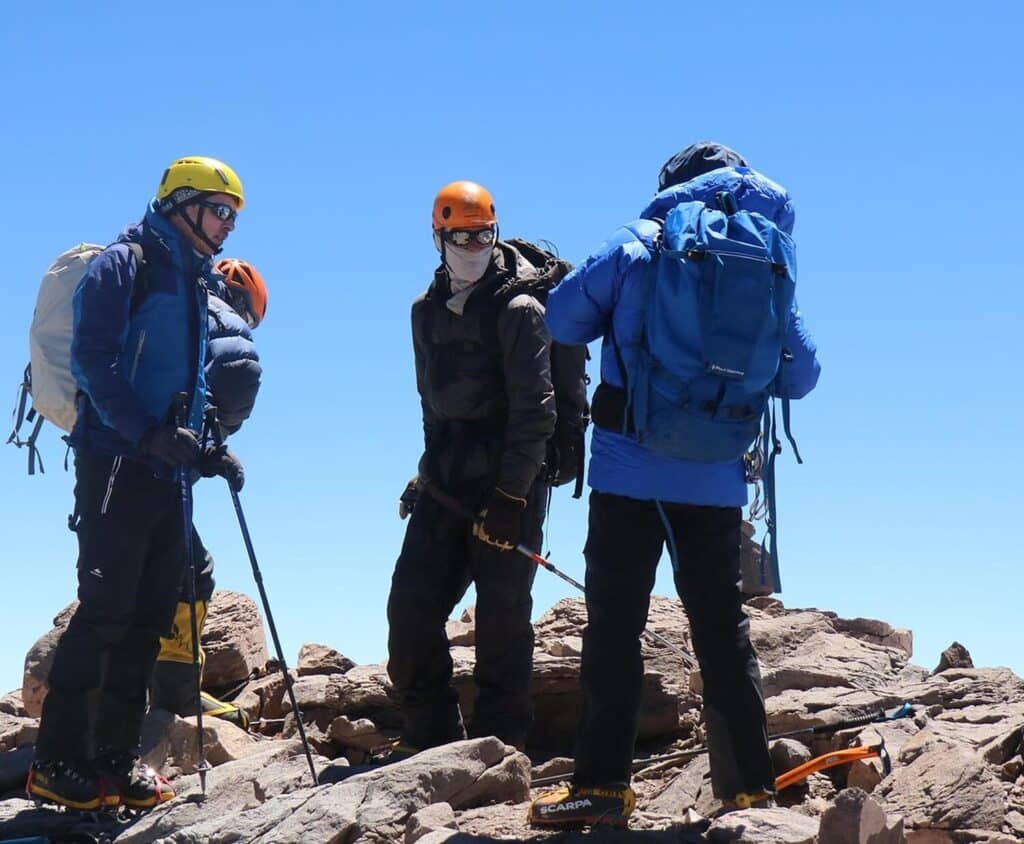
It might seem obvious, but every year some trekkers head to Kilimanjaro in brand-new boots that haven’t been properly broken in, leading to painful blisters. A severe blister can derail your trek, so it’s essential to break in your boots beforehand. A good rule of thumb is to hike at least 100 km in them before your Kilimanjaro adventure.
As highlighted in our Kilimanjaro packing list, we strongly recommend wearing or carrying your trekking boots on the plane when traveling to Tanzania. If your luggage gets delayed or lost, you won’t be without this crucial item. While most other gear can be rented or purchased last minute, properly broken-in boots are irreplaceable.
For more information, check out our detailed guide: The Best Hiking Boots for Kilimanjaro.
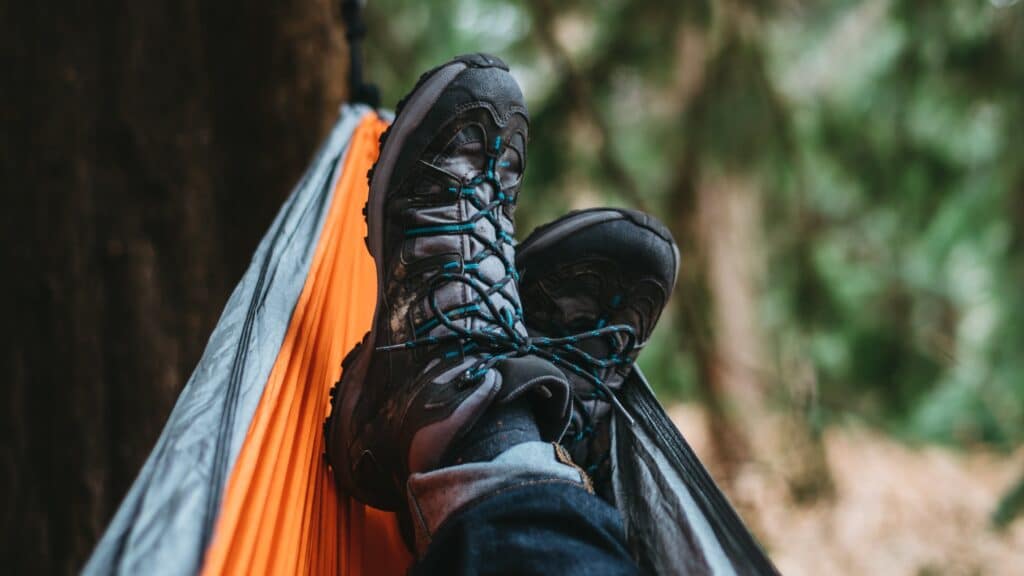
Break in Your Socks Too
Make sure to wear the socks you plan to use for your Kilimanjaro trek during your training hikes. This helps you ensure they’re comfortable and suitable for the climb. Pay attention to factors like fabric for moisture-wicking and warmth, seams, and the use of sock liners.
Did you know it’s a good idea to pack more than one type of sock for your Kilimanjaro adventure?
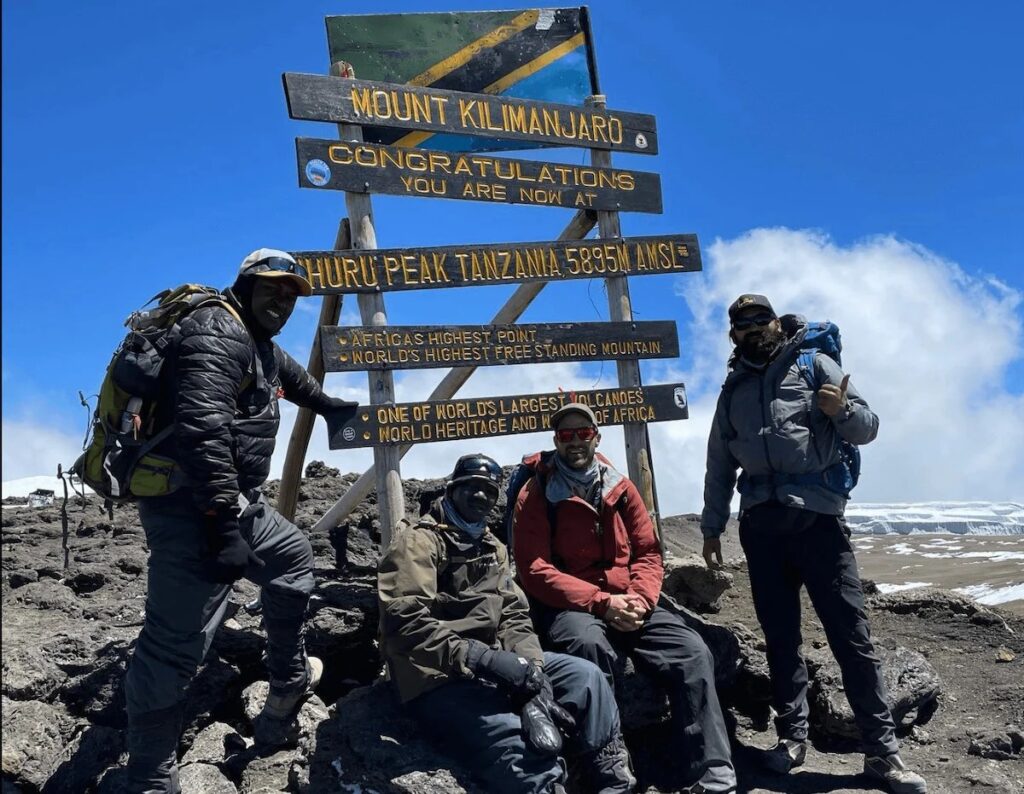
Swahili is a centuries-old language that emerged along the East African coast between 500 and 1,000 AD. It evolved through the blending of Arabic, spoken by traders, with the Bantu languages of the region. Over time, Swahili has also incorporated words from English, German, and Portuguese.
Enhance your Kilimanjaro adventure by learning a few Swahili phrases before your trip. Locals always appreciate it when visitors make an effort to speak their language, even if it’s just basic greetings and courtesies!
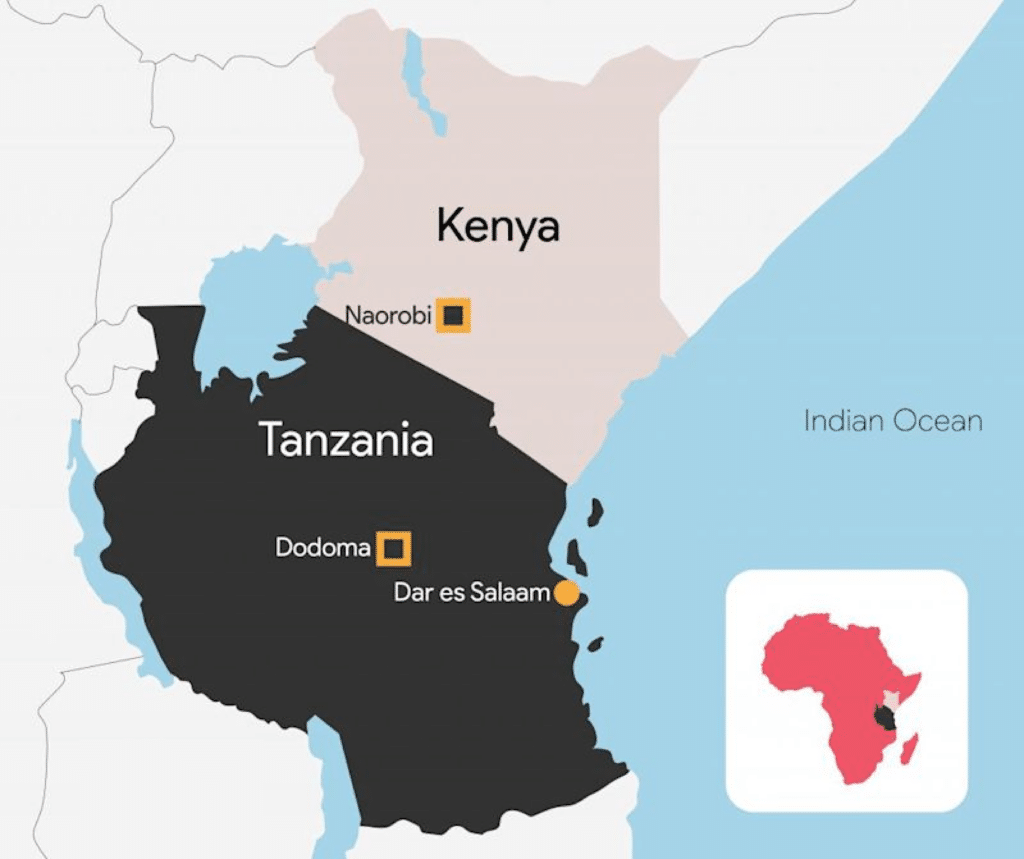
So here are a few Swahili words and phrases you can learn now:
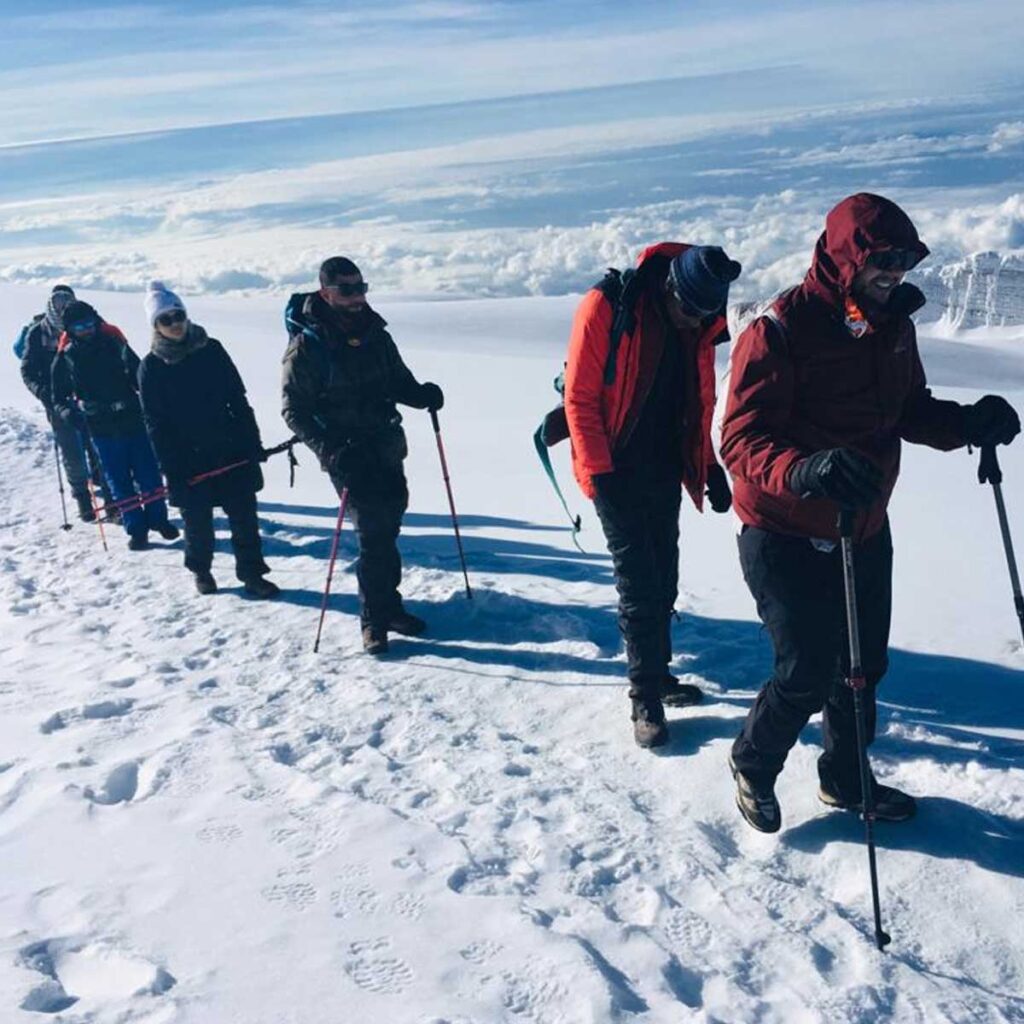
Wet wipes are an absolute essential for your Kilimanjaro trek. Since showers are not an option on the mountain, wet wipes will be your go-to for maintaining a sense of cleanliness and comfort after a long day of hiking. While porters provide water at camp for washing your hands and face, wet wipes will help you freshen up the rest of your body. Make sure to pack a large supply to stay as refreshed as possible.
However, it’s crucial to use and dispose of wet wipes responsibly. Kilimanjaro follows a strict no-trace policy, ensuring the mountain remains as pristine as you found it. Always dispose of your wet wipes and any other waste in the designated bins provided by your team at each camp. Let’s work together to preserve the beauty of this incredible environment!
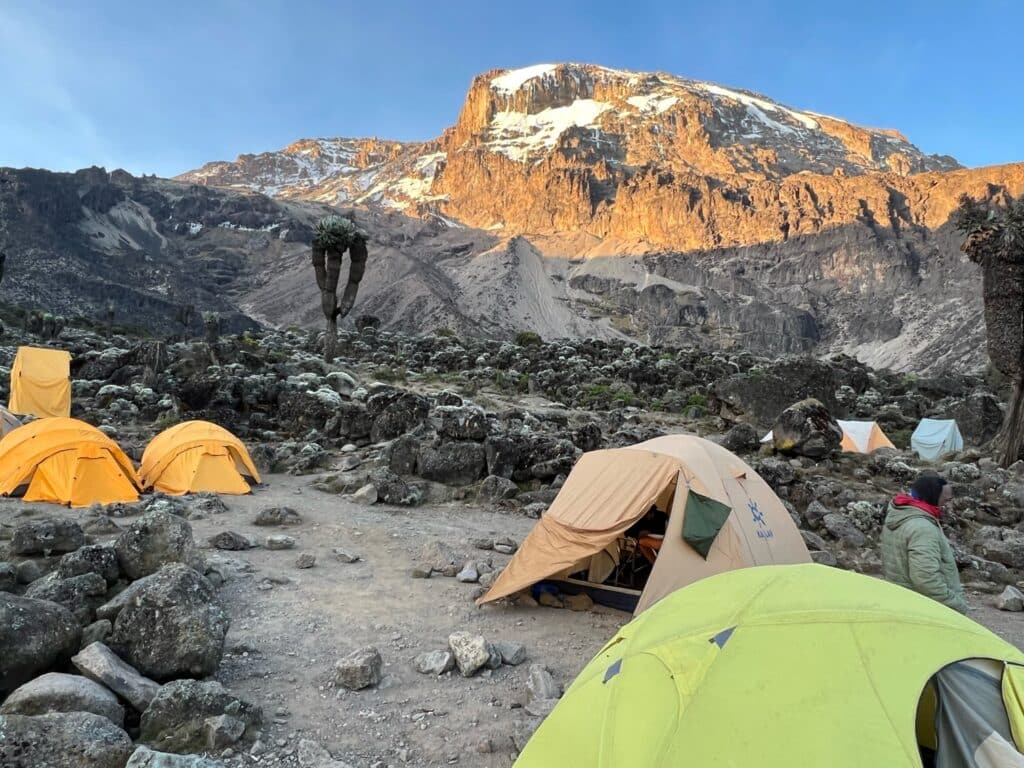
Most Kilimanjaro climbers opt for a hydration pack, such as a CamelBak, which allows for convenient sips of water without the hassle of reaching for a bottle. It’s a practical choice, and we include it as a recommendation in our Kilimanjaro packing list.
However, we also strongly advise bringing along a one-liter water bottle. This is essential because the hose of your hydration pack can freeze during the frigid temperatures of summit night, leaving you without access to water. To prevent this, keep your water bottle insulated by placing it upside down in a sock inside your backpack. Even if freezing starts, the bottle’s design allows you to access liquid, as water freezes from the top down.
A one-liter bottle is also useful at camp. It’s easy to carry around for drinking or tasks like brushing your teeth, sparing you the trouble of constantly accessing your hydration bladder.
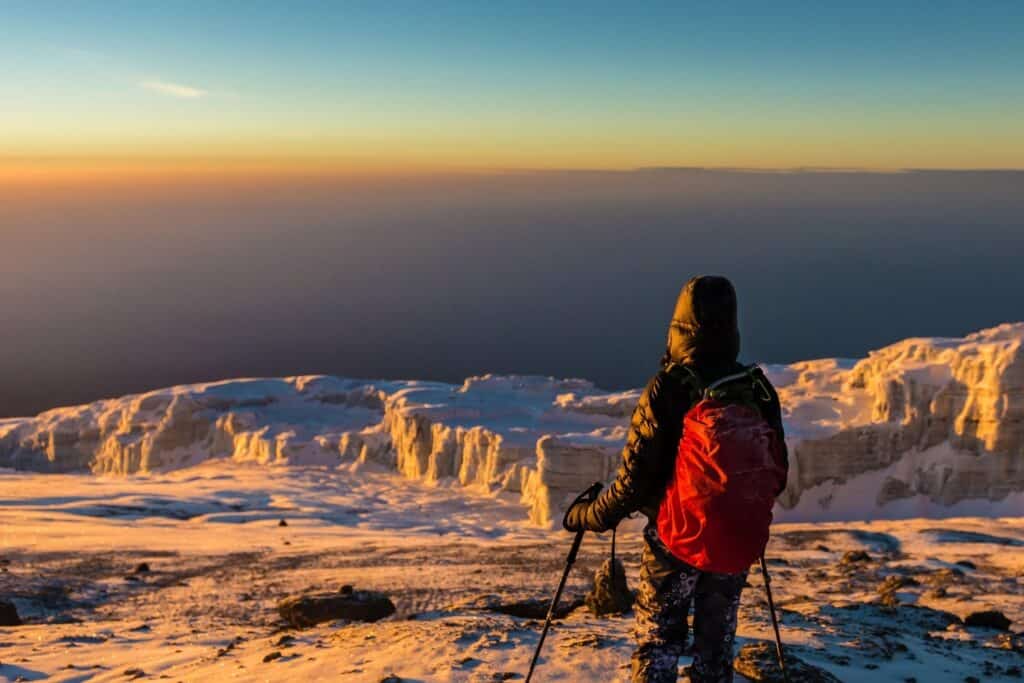
Climbing Kilimanjaro is no walk in the park—it’s a challenge, but a rewarding one. While your cook will provide you with nutritious meals for breakfast, lunch, and dinner, bringing your own snacks is essential. High-energy options like power bars, nuts, beef jerky, and dried fruit are excellent choices. Avoid snacks that could melt or spoil during the climb.
Proper nutrition plays a crucial role in high-altitude trekking. It not only fuels your body but also helps reduce symptoms of altitude sickness, such as headaches. Staying hydrated is equally vital—drinking plenty of water can help prevent and alleviate the effects of altitude sickness.
Porters will carry the bulk of the water required for the trek, but you’ll need to manage what you consume each day. Make sure your hydration system can carry about three liters of water to keep you adequately hydrated throughout your journey.
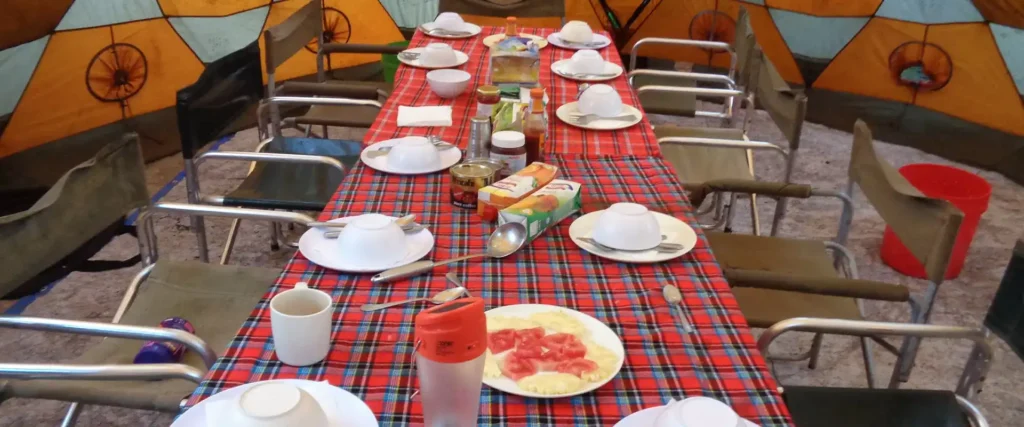
Sharing Snacks and Gear
“Pack plenty of snacks like power bars, nuts, and other treats. Sharing these with porters you meet along the way often earns you a heartfelt and genuine smile. I wish I had brought even more! Also, if you have any spare hiking, rain, or sports clothing at home that you no longer use, consider bringing it along to gift them at the end of your trek.”
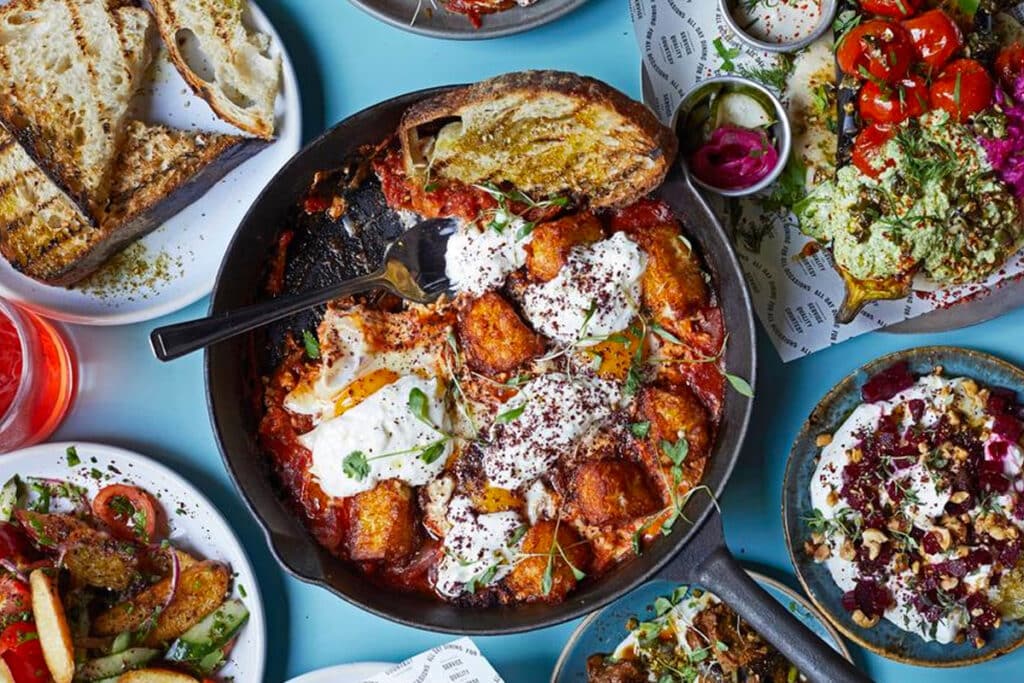
Our final tip is all about tipping.
Anyone who completes a Kilimanjaro climb always praises the incredible support of their mountain crew, which includes guides, porters, and a cook. The lead guide not only leads the way but also offers encouragement, advice, and ensures your safety. The other guides provide additional support, looking after your well-being, and sharing their knowledge and stories of the mountain and Tanzania. The cook, along with sometimes an assistant cook or waiter, prepares warm and hearty meals to keep you fueled throughout the trek.
The porters deserve special mention, too. Their strength and endurance are remarkable as they carry the team’s gear—everything from water to tents, food, and personal belongings—up and down the mountain. While trekkers struggle with their light packs, the porters carry 20 kg loads over challenging terrain, all while maintaining smiles and a positive attitude.
At the end of your Kilimanjaro climb, there’s a tipping ceremony—a meaningful tradition where trekkers express their gratitude to the crew. This ceremony, filled with singing and dancing, marks the conclusion of the adventure. While tipping is not mandatory, it’s a cherished moment, and most trekkers feel compelled to show their appreciation for the crew’s hard work and support during the climb.
Since Tanzania operates largely on a cash economy, you’ll need to have your tips prepared before the trek. It’s best to withdraw the necessary cash the day before your journey begins, as there won’t be time during the climb to access funds. Be sure to plan how much you want to tip in advance.
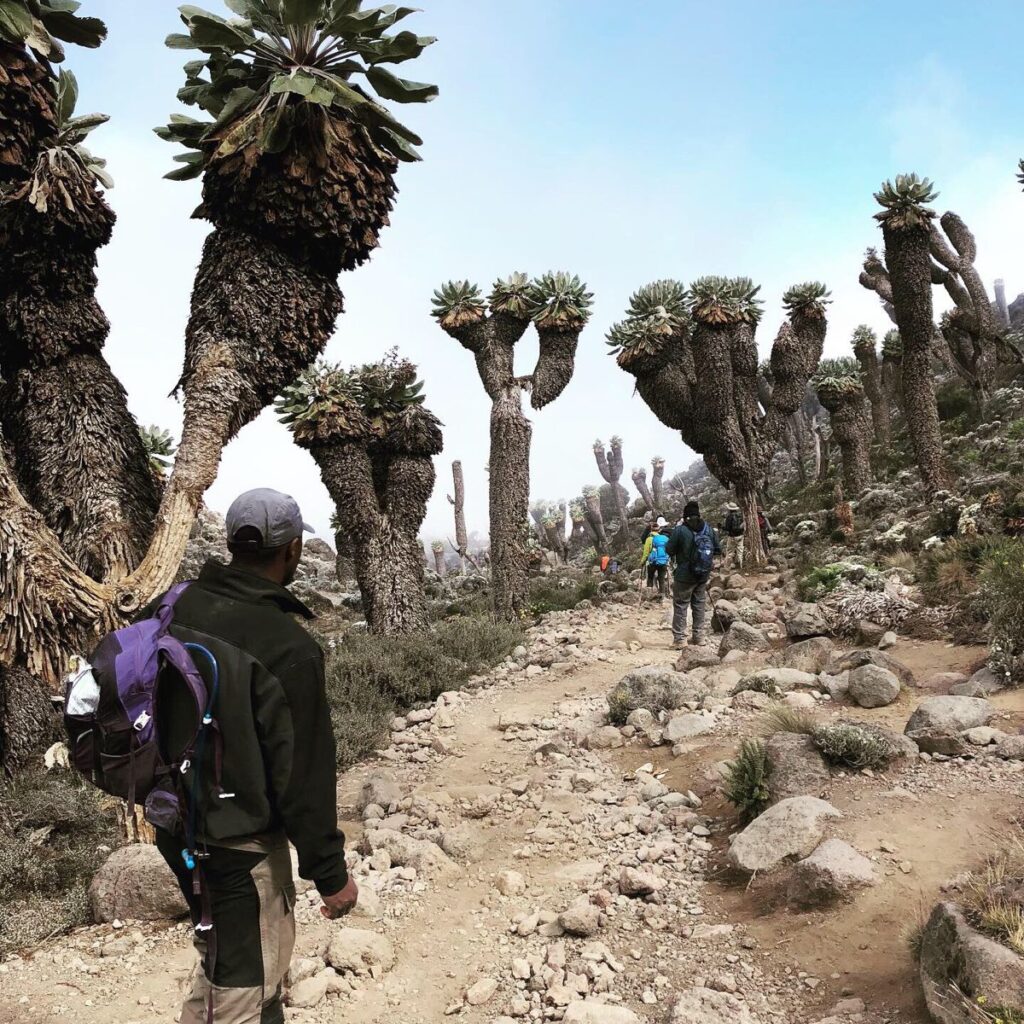
Tipping plays a significant role in supporting the mountain crew on Kilimanjaro. While all reputable tour operators ensure fair wages for their staff, tips provide an important supplementary income. Foreign currencies, in particular, go a long way in Tanzania.
The amount you choose to tip is entirely up to you. We certainly don’t want to limit anyone eager to give more than the standard amount. However, many trekkers prefer to have a general idea of how much to bring.
According to the guidelines from the Kilimanjaro Porters Assistance Project (KPAP), we recommend bringing between $250 and $300 for tipping. This amount should adequately cover tips for the entire mountain crew. For more details, feel free to read our full post on the topic.

You can tip your mountain crew in either US dollars or Tanzanian shillings.
Keep in mind that US dollar notes must be in good condition – untorn, unmarked, and printed after 2013. If not, Tanzanian banks may refuse to accept them. Be sure to check each note before you board your flight!
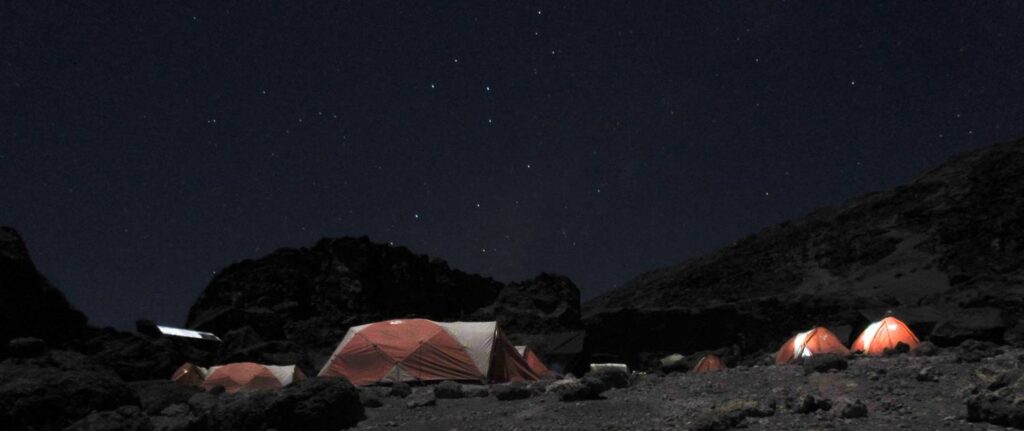
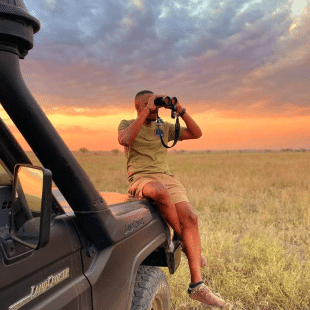
Head of written content